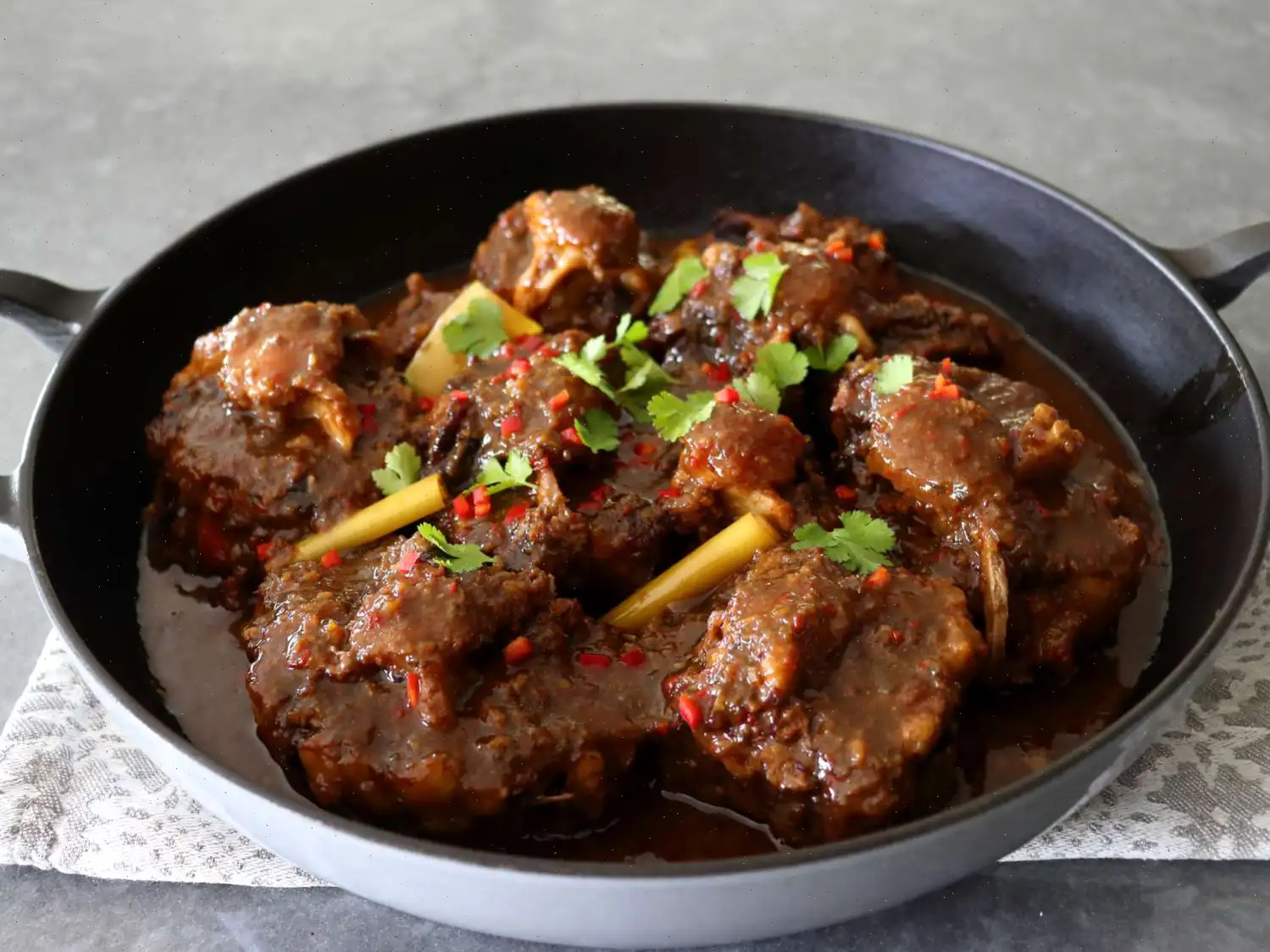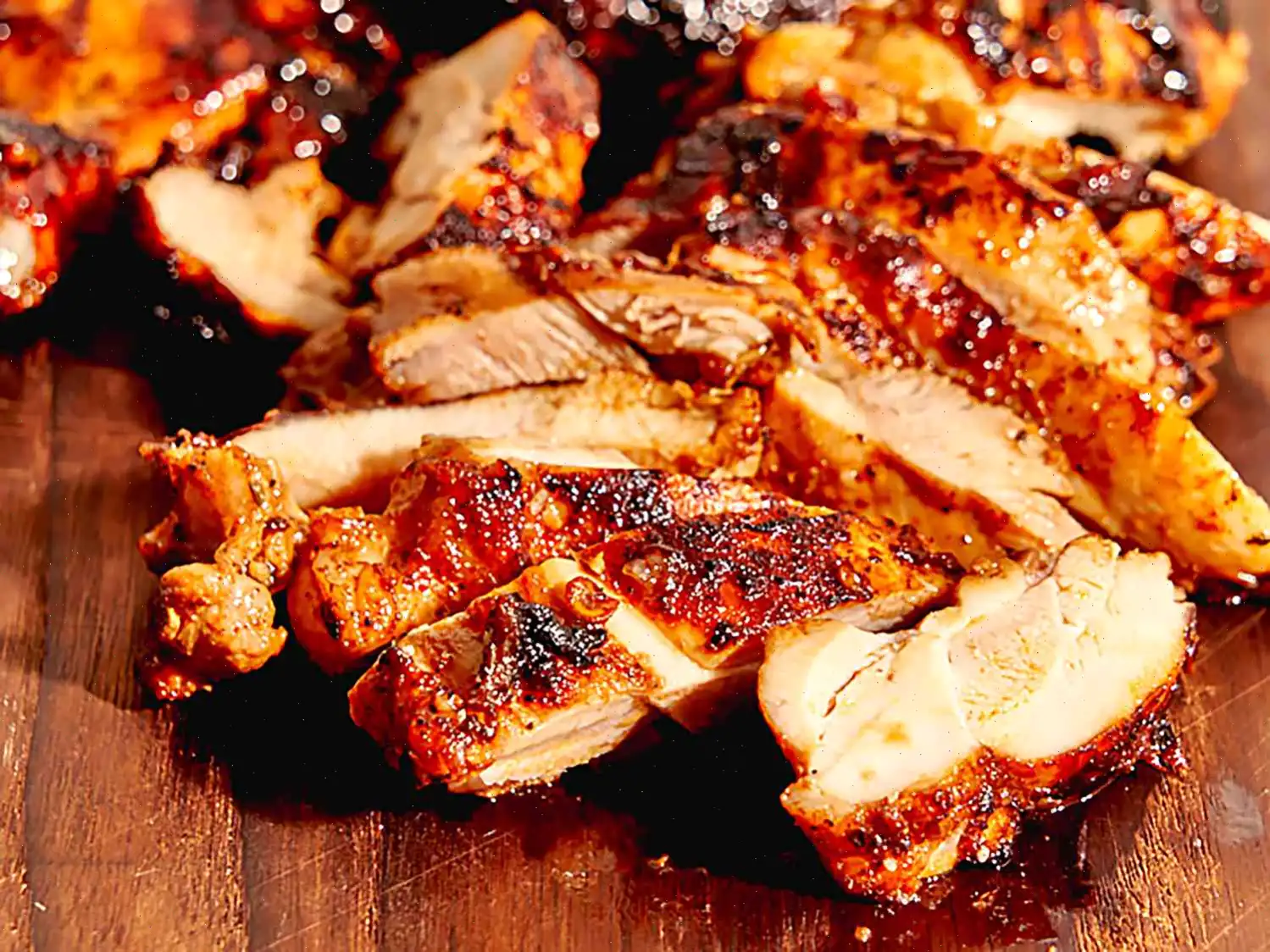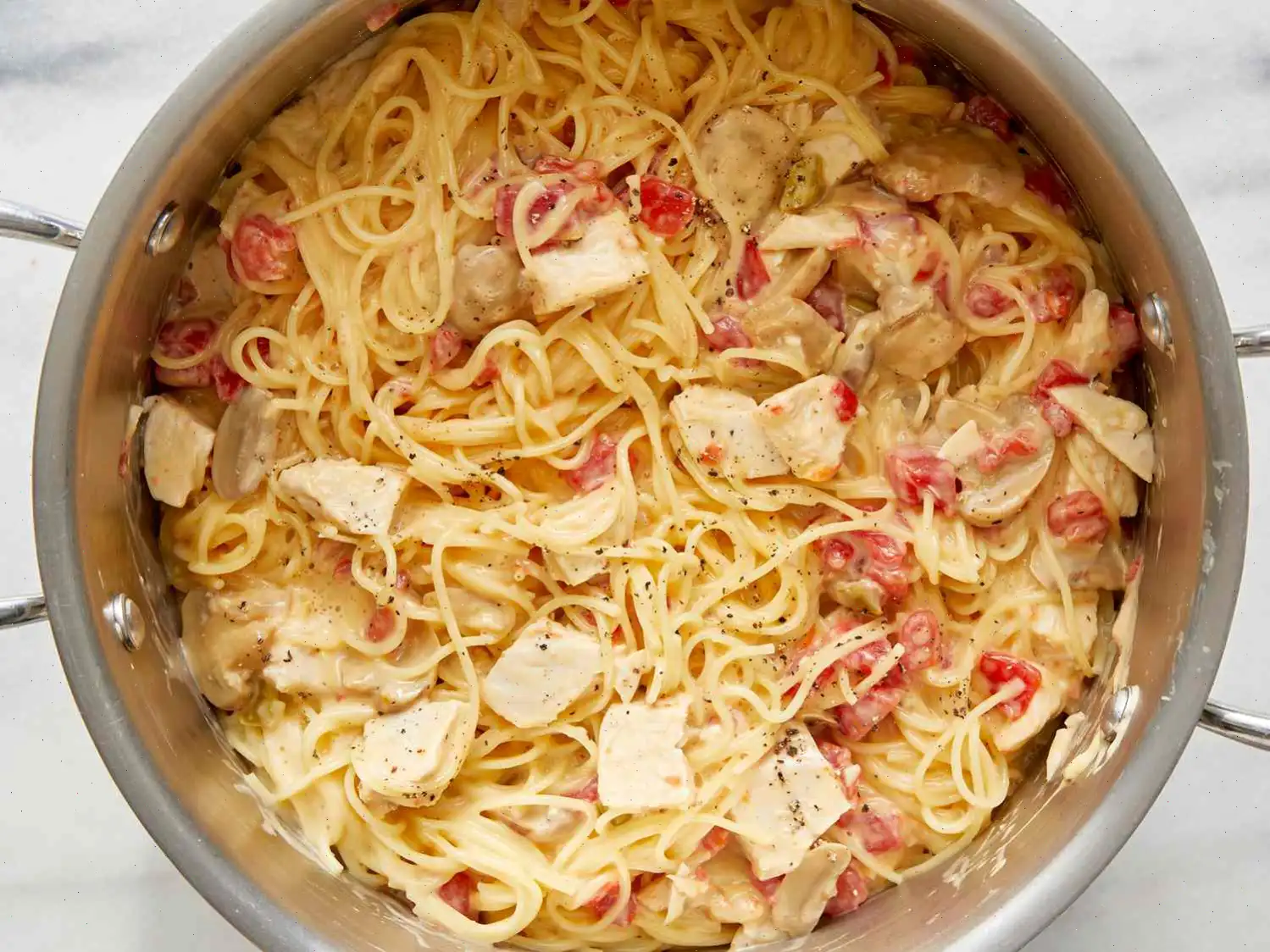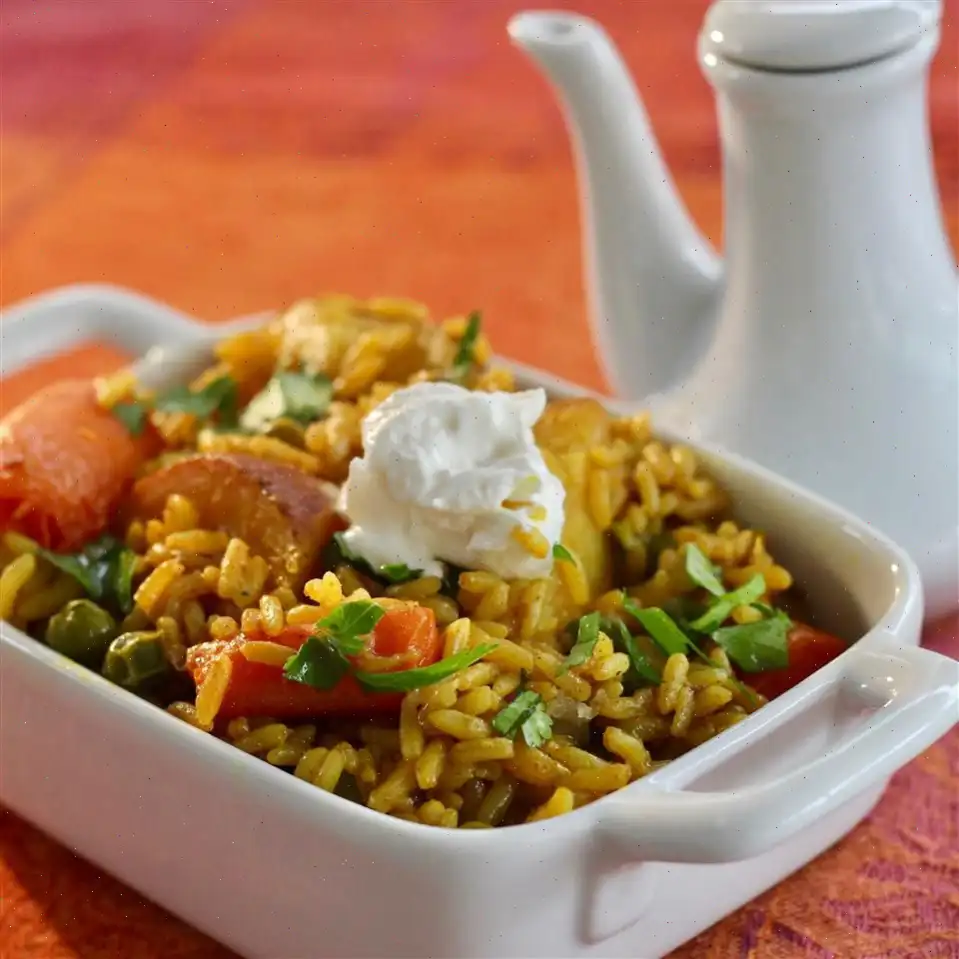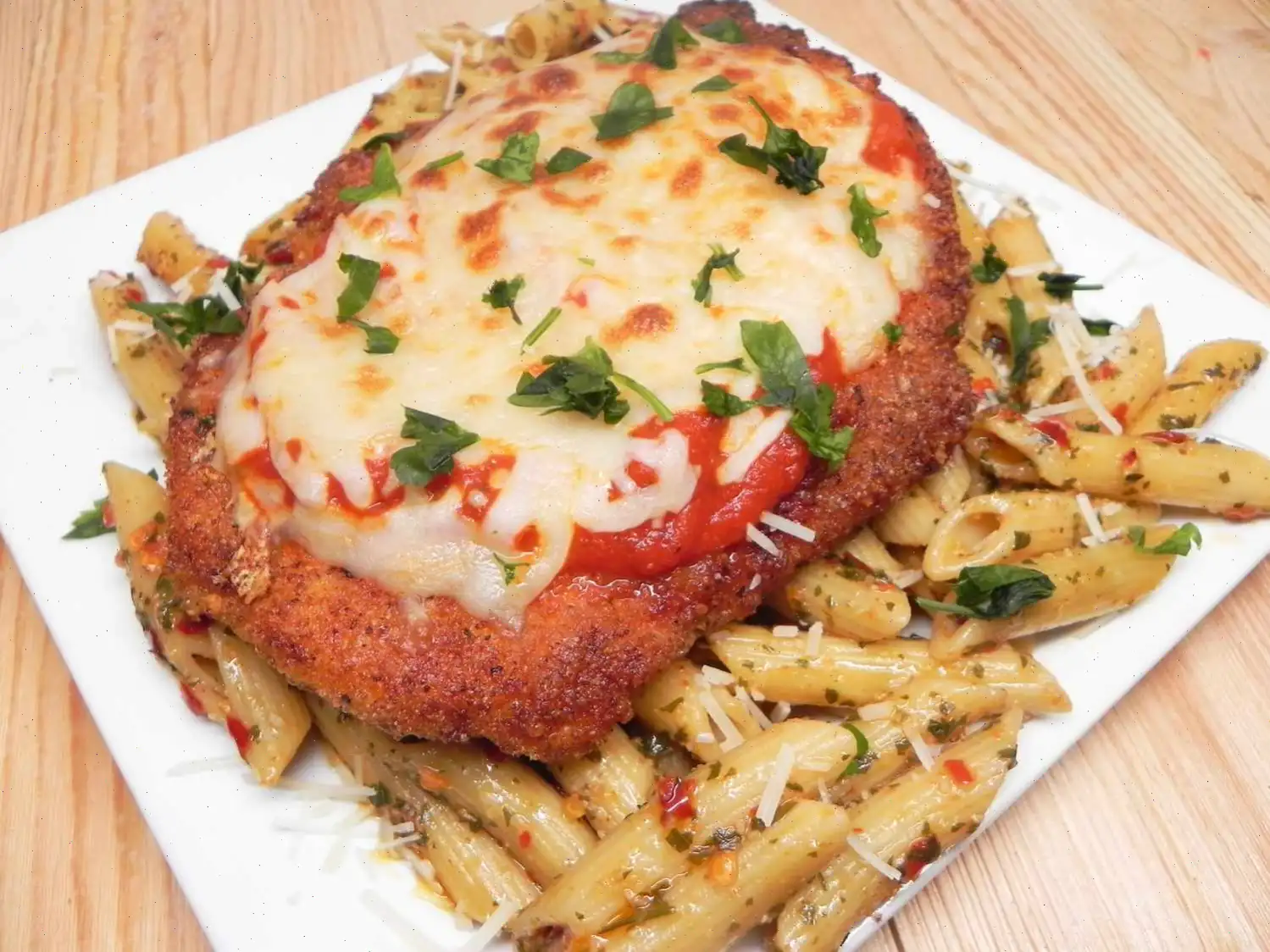
Oxtail Rendang Curry Recipe
Ingredients
This recipe was developed at its original yield. Ingredient amounts are automatically adjusted, but cooking times and steps remain unchanged. Note that not all recipes scale perfectly.
Original recipe (1X) yields 4 servings:
- 4 pounds oxtail, cut into 2-inch pieces
- 3 tablespoons vegetable oil, divided
- Curry Base:
- 4 shallots, peeled and sliced
- 6 cloves garlic, peeled
- 1 (2 inch) piece ginger root, thinly sliced
- 1 (2 inch) piece galangal root, thinly sliced
- 2 jalapeno peppers, sliced
- 2 Fresno chilies, sliced
- Curry:
- 4 teaspoons kosher salt
- 1 teaspoon ground coriander
- 1/2 teaspoon ground turmeric
- 1 tablespoon Korean red chili flakes, or other hot chili flakes
- 1/4 teaspoon ground nutmeg
- 1/4 teaspoon ground cardamom
- 1 (14 ounce) can coconut milk
- 1 tablespoon tamarind paste
- 3 tablespoons brown sugar
- 1 stalk lemongrass, bruised and cut into 2-inch pieces
- 2 cups beef broth
- 1 cup water, or as needed
- Chopped fresh cilantro
- Fresh lime wedges
Directions
Preheat the oven to 450F (235C). Line a rimmed baking sheet with foil. Place the oxtails on the pan and drizzle with 1 tablespoon of oil. Toss to coat and spread them evenly across the pan.
Roast the oxtails in the preheated oven for 25 minutes.
While the oxtails roast, prepare the curry base. Add the shallots, garlic, ginger, galangal, jalapenos, and Fresno chilies to a food processor and process until a fine paste forms.
Heat the remaining 2 tablespoons of oil in a large Dutch oven over medium-high heat. Add the curry base and cook, stirring occasionally, for 4 to 5 minutes, until the mixture dries out and begins to toast on the bottom of the pan.
Season the mixture with salt, coriander, turmeric, chili flakes, nutmeg, and cardamom. Cook for an additional minute, stirring constantly.
Pour in the coconut milk, tamarind paste, brown sugar, and add the bruised lemongrass stalk. Stir everything together, scraping the bottom of the pan to deglaze it. Then add the beef broth and stir again to deglaze.
Now, add the roasted oxtails to the pan along with enough water to just cover the meat. Increase the heat to high and bring the sauce to a boil, then reduce the heat to low. Cover and simmer for 4 to 6 hours, or until the meat can be easily pulled off the bone.
Preheat the oven to 150F (66C). Transfer the oxtails to an ovenproof pan and place them in the oven to keep warm while you reduce the sauce.
Boil the sauce over high heat for about 10 minutes, or until it thickens to your desired consistency. Taste and adjust the seasoning as needed.
Spoon the thickened sauce over the oxtails and garnish with chopped cilantro and lime wedges. Serve the dish with rice, if desired.
Chef's Note
If you cannot find lemongrass, substitute with the zest and juice of 1 lime.
Nutrition Facts (per serving)
- Calories: 1529
- Total Fat: 97g (124% DV)
- Saturated Fat: 45g (226% DV)
- Cholesterol: 417mg (139% DV)
- Sodium: 1989mg (86% DV)
- Total Carbohydrate: 36g (13% DV)
- Dietary Fiber: 5g (16% DV)
- Total Sugars: 15g
- Protein: 129g (258% DV)
- Vitamin C: 50mg (56% DV)
- Calcium: 198mg (15% DV)
- Iron: 15mg (82% DV)
- Potassium: 2346mg (50% DV)
* Percent Daily Values are based on a 2,000 calorie diet. Your daily values may be higher or lower depending on your calorie needs.
History and Origins of Oxtail Rendang Curry
Oxtail Rendang Curry is an adaptation of the traditional Indonesian rendang, a dish with centuries-old roots in Minangkabau culture from West Sumatra. Originally, rendang was developed as a method of preserving meat using a combination of coconut milk and an array of aromatic spices. The slow-cooking technique allowed the meat to absorb flavors deeply while extending its shelf life, a practical approach in tropical climates before refrigeration. Using oxtail adds a rich gelatinous texture, enhancing the depth of flavor and giving the dish a luxurious mouthfeel that distinguishes it from more common rendang recipes.
Regional Variations and Features
While rendang is found across Indonesia and Malaysia, regional variations highlight local ingredients and tastes. West Sumatran rendang tends to be drier and more intensely spiced, whereas Malaysian rendang may retain a slightly saucier consistency. The choice of protein also varies: beef is standard, but oxtail rendang is a specialty that leverages the marrow-rich bones and connective tissues for extra richness. In some regions, tamarind, lemongrass, and local chili varieties are emphasized to create distinct aroma profiles, reflecting local culinary traditions.
Differences from Similar Dishes
Rendang is often confused with curries, but its defining characteristic is the long, slow-cooked reduction of the sauce until it clings to the meat, rather than remaining a soup-like consistency. Compared to standard beef curry, oxtail rendang is less liquid and more intensely flavored, with a caramelized and fragrant crust forming on the meat. Unlike stews, rendang emphasizes spice layering, balance between sweetness and heat, and a concentrated umami richness that sets it apart from typical curry or braised dishes.
Serving and Occasions
Oxtail rendang is commonly served during special occasions, festivals, and celebratory feasts, often accompanied by steamed rice or ketupat (compressed rice cakes). In restaurants, it is presented as a centerpiece dish, sometimes garnished with fresh herbs like cilantro and lime wedges to enhance the flavor contrast. In Indonesian and Malaysian households, it is a symbol of hospitality, served to guests as a sign of respect and culinary pride.
Interesting Facts
- Rendang has been recognized by the Indonesian Ministry of Tourism as one of the country's iconic dishes and was once voted as the world's most delicious food by a CNN poll.
- The gelatin in oxtail gives the curry a unique, silky texture that cannot be replicated with leaner cuts of meat.
- Traditional rendang could last for weeks at room temperature due to the slow reduction of coconut milk and spices, which naturally preserved the meat.
- Each family or region may have its own spice blend, making every rendang recipe slightly different and often closely guarded as a culinary secret.
You can listen to this recipe in AI audio format. Simply click the play button below to listen to the content in a format that suits you best. It’s a great way to absorb information on the go!
FAQ about Oxtail Rendang Curry Recipe
Comments
Kelly Johnson
03/26/2025 12:02:58 PM
Made it after work — quick and tasty.


